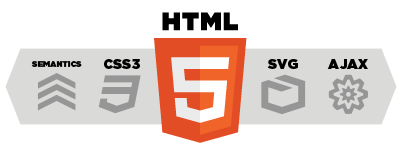Definition
Encapsulate a request as an object, thereby letting you parameterize clients with different requests, queue or log requests, and support undoable operations.
UML class diagram
Participants
The classes and/or objects participating in this pattern are:
- Command - declares an interface for executing an operation
- ConcreteCommand
implements Execute by invoking the corresponding operation(s) on Receiver
- Client - creates a ConcreteCommand object and sets its receiver
- Invoker - asks the command to carry out the request
- Receiver - knows how to perform the operations associated with carrying out the request.
Sample code in C#
///
/// MainApp startup class for Structural
/// Command Design Pattern.
///
class MainApp
{
///
/// Entry point into console application.
///
static void Main()
{
// Create receiver, command, and invoker
Receiver receiver = new Receiver();
Command command = new ConcreteCommand(receiver);
Invoker invoker = new Invoker();
// Set and execute command
invoker.SetCommand(command);
invoker.ExecuteCommand();
// Wait for user
Console.ReadKey();
}
}
///
/// The 'Command' abstract class
///
abstract class Command
{
protected Receiver receiver;
// Constructor
public Command(Receiver receiver)
{
this.receiver = receiver;
}
public abstract void Execute();
}
///
/// The 'ConcreteCommand' class
///
class ConcreteCommand : Command
{
// Constructor
public ConcreteCommand(Receiver receiver) :
base(receiver)
{
}
public override void Execute()
{
receiver.Action();
}
}
///
/// The 'Receiver' class
///
class Receiver
{
public void Action()
{
Console.WriteLine("Called Receiver.Action()");
}
}
///
/// The 'Invoker' class
///
class Invoker
{
private Command _command;
public void SetCommand(Command command)
{
this._command = command;
}
public void ExecuteCommand()
{
_command.Execute();
}
}
-
Average:
-
Lee(805)
-
Enlace permanente




















